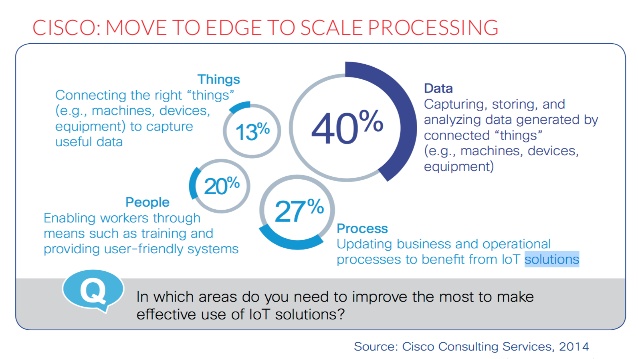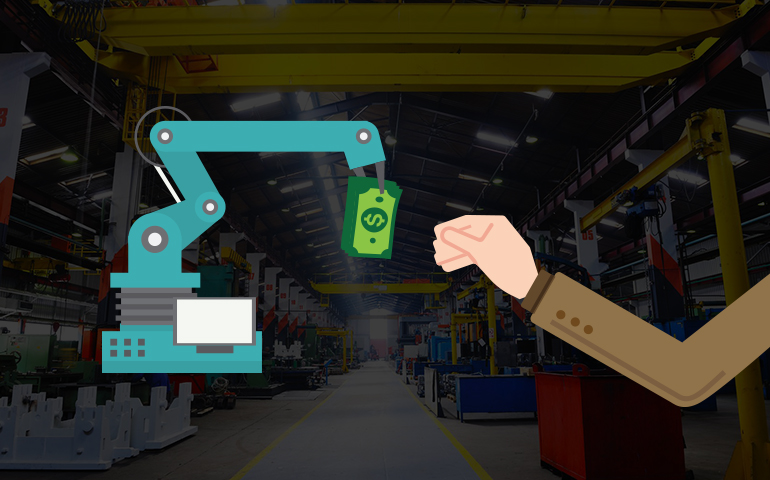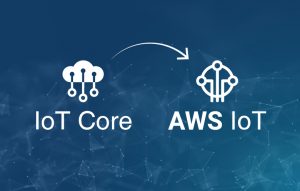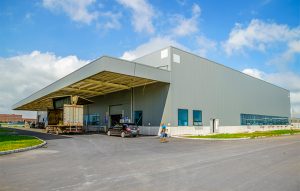Every successful business that has ever existed has had one common goal – to be productive and to get the highest return on investment. ROI is the key metric which informs the company and its stakeholders about the company’s performance, stating it clearly in the form of facts and figures. Basically, it is a way to identify what’s working for your company and what is diverting the numbers in the wrong direction.
According to IDC, “The revolution in digital technology means that nearly one-third of the top twenty market leaders in almost every industry will experience disruption by 2018.”
So, how do we overcome these challenges?
It’s time for us to break out of the technology rut and start benefiting from some of the latest technologies. A lot of these technologies have the potential to address some of the major business challenges and reimagine business processes for various industry verticals.
When we talk about asset-intensive industries, they are relentlessly challenged to deliver the highest possible return on assets (RoA) while coping with nominal budgets, lack of insights from data, and data security concerns. Asset-intensive industries are investing billions of dollars in assets but are facing numerous challenges in maintaining and utilizing those assets.
The overall revenue and performance of any asset-intensive industry is directly affected by the performance of its critical assets. So, whenever any of these critical assets is inactive or is not working as expected, the business is not making money.
The best way to achieve the highest possible ROI is to realize that purchasing the required equipment or machines is only one element of successful asset installation. After that follows a series of production and maintenance phases that contribute to the operational expense of these assets. Once the capital investment is done, the operational expense may get uncontrollable if the assets are not monitored or if there’s a lack of a proper maintenance strategy.

A majority of industries are dealing with continually aging machines and tools that might require ongoing repairs and maintenance, which means the OPEX (operational expense) of these assets may get out of hand over the years. These companies may incur a major loss in revenue if the operational expenses get higher due to unplanned downtime, unmonitored asset KPIs, or reactive maintenance.
Businesses are in need of a wisely planned asset management solutions that encompasses capital machine investments and pick the best tools and methods to do a particular production task efficiently. Earlier the businesses develop their strategy, the more they will benefit in terms of minimum disruption in business operations, smoother installation, shorter run-off period, reduced maintenance cost, and earliest possible payback.
IoT can be the key to address these concerns as it brings some amazing benefits to the table, such as extended asset life, increased asset reliability, reduced misuse of assets, and lower maintenance costs.
An IoT-powered asset monitoring solution can provide capabilities including:
• Remote asset monitoring
• Seamless IT-OT integration
• View asset availability
• Monitor asset health
• Optimize asset utilization
• Real-time visibility of asset KPIs
• Intelligent workflows
• Predictive & prescriptive maintenance
The capabilities of smart assets can be categorized into 4 stages:
1. Monitoring
2. Control
3. Optimization
4. Autonomy
Each of these stages builds on the preceding one, adding more capabilities on top of the existing ones. For instance, to have control capabilities, the asset must have monitoring capabilities.
Stage 1: Monitoring
The assets are connected using sensors to allow monitoring of asset conditions, surrounding environment of the assets, and asset usage and operations.
Stage 2: Control
Asset functions can be controlled by embedding software in the asset or in the cloud, which allows the creation of customized user experience.
Stage 3: Optimization
At this stage, the assets can use monitoring and control capabilities to support algorithms that optimize asset use and operation by allowing predictive diagnostics, repair, and maintenance while enhancing the asset performance.
Stage 4: Autonomy
Combining the power of monitoring, control, and optimization brings us to the stage that allows autonomous asset operations. With autonomy capabilities, assets can self-coordinate with other assets and carry out self-diagnosis. This can significantly enhance the product performance and provide a higher level of personalization.
Will implementing a smart asset management system automatically bring higher RoA?
According to Cisco, “40% of respondents think that they need to improve the way their data is captured, stored, and analyzed to make effective use of IoT solutions.”

Implementing an IoT-enabled asset monitoring solution can offer a variety of asset information such as location data, usage data, availability data, and also send real-time alerts related to geo-fence and service requests. All of this data can be converted into results only if businesses take enough efforts to understand data patterns, its limitations, and how it impacts business decisions. Analyzing the collected data is what can change the game for a lot of businesses. To conclude, we can say that the return on assets (RoA) majorly depends on data collection, data processing, data analysis, and the ability to take actions on the insights derived from this data.








